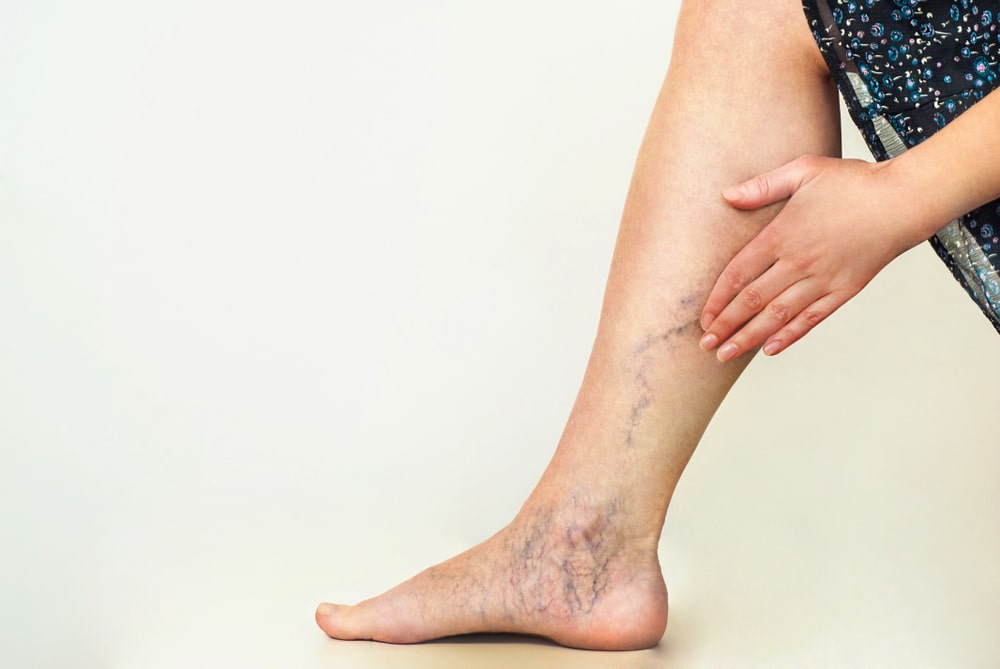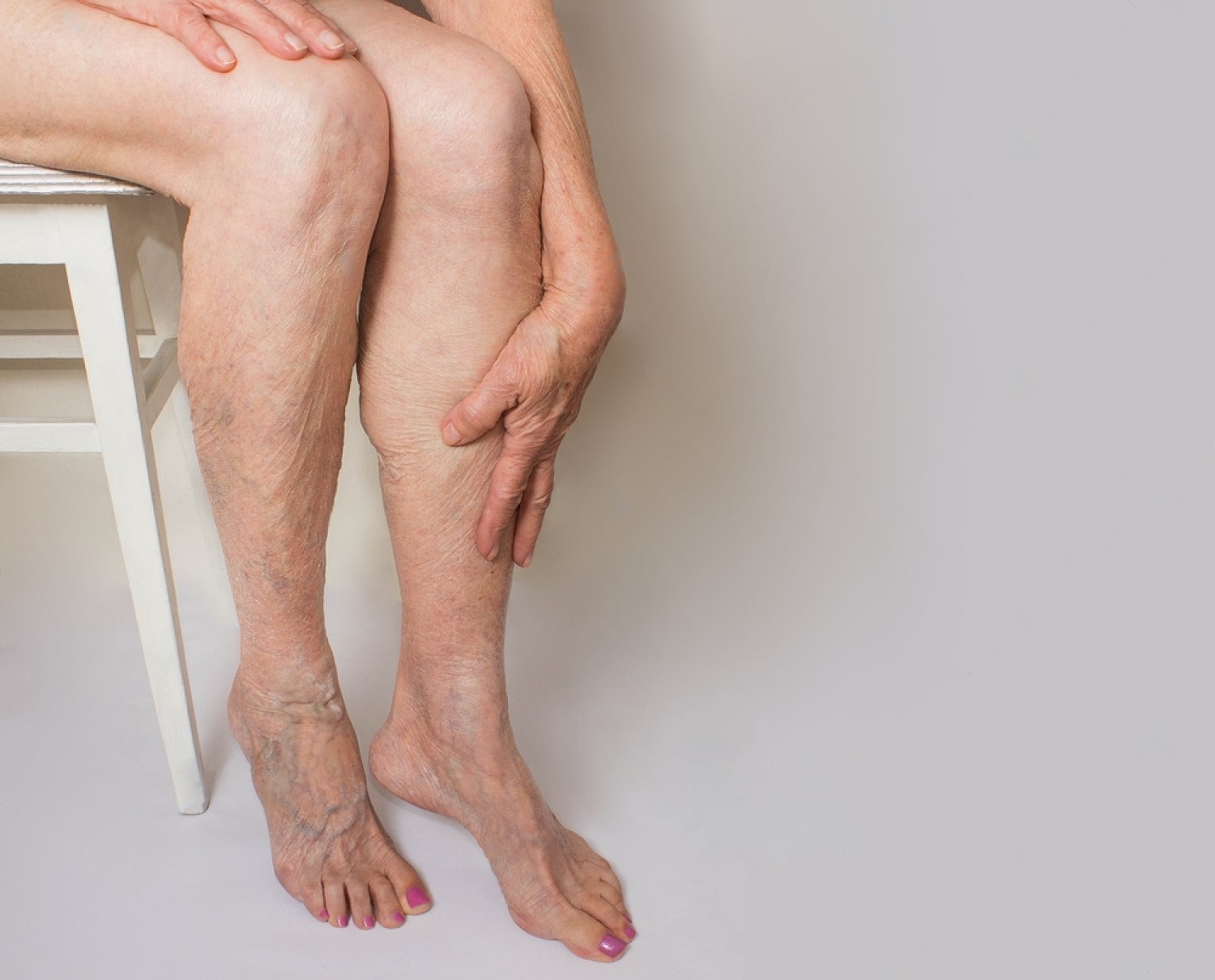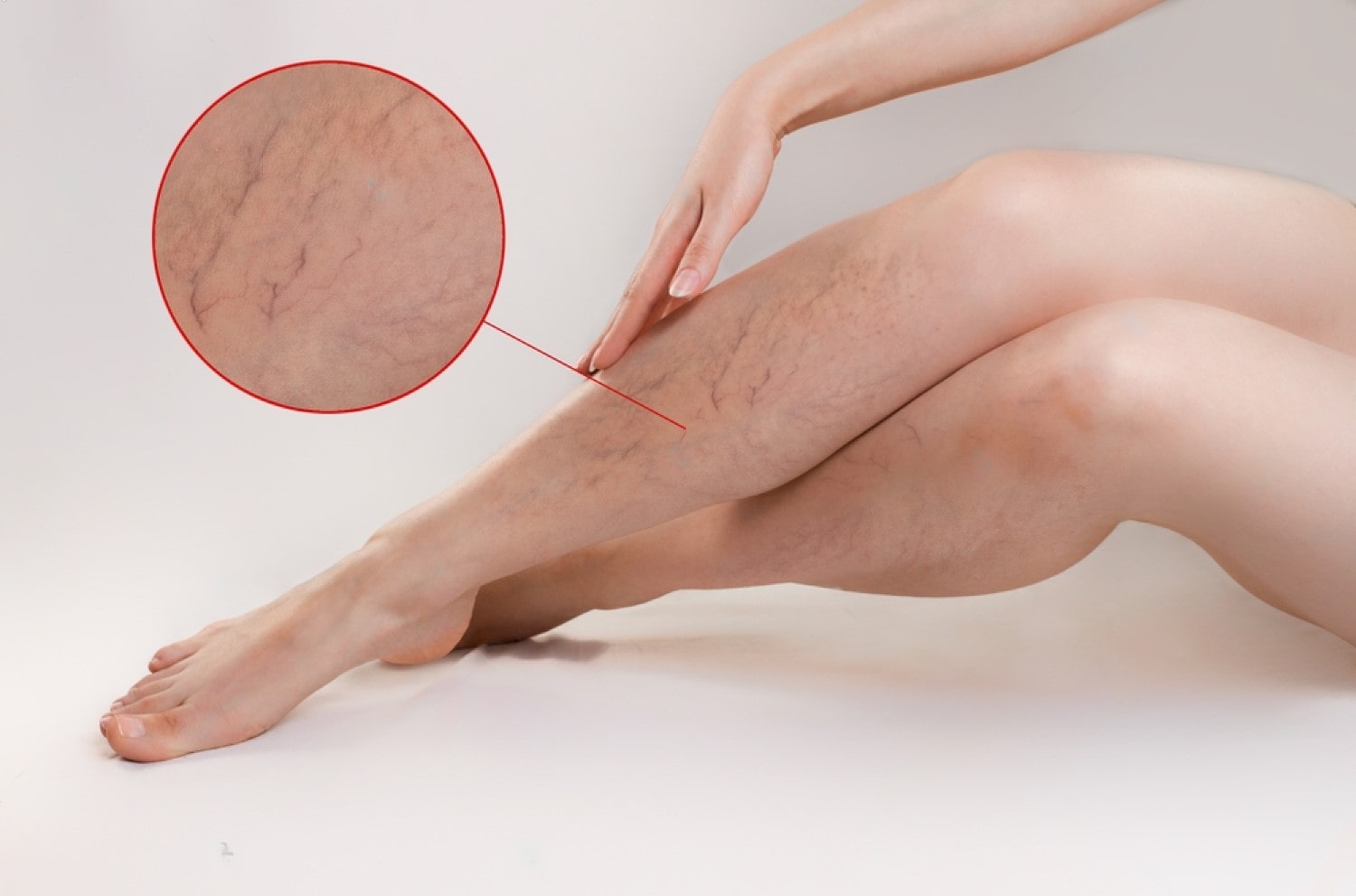If you’ve noticed some changes in the skin on your legs, like brown or red discoloration or thickening skin, it may be venous stasis dermatitis. At Texas Vascular Institute in Hurst and Dallas, Texas, talented interventional radiologist Dev Batra, MD, and the other vein experts offer a variety of minimally invasive solutions to help you overcome vein disease and all of its associated symptoms. Book an appointment using online scheduling or call the office for help now.

Venous Stasis Dermatitis Q & A
What is venous stasis dermatitis?
Venous stasis dermatitis is a stage of chronic venous disease. The typical progression of chronic venous disease is:
- Spider veins
- Varicose veins
- Swelling
- Skin changes (venous stasis dermatitis)
- Venous ulcers
Chronic venous disease can cause very severe health problems, with venous stasis dermatitis being among the most serious.
What does venous stasis dermatitis look like?
Venous stasis dermatitis causes significant changes in the appearance of the skin on your legs. The most common sign of venous stasis dermatitis is brown or red skin discoloration around your ankles and lower legs. This pigmentation, deposits of hemosiderin, develops when your blood’s hemoglobin breaks down. You may also have:
- Scaly skin
- Shiny skin
- Thickened skin
- Skin scarring
If you notice these changes in your legs, it’s important to seek care at Texas Vascular Institute immediately. Venous stasis dermatitis can worsen, causing venous ulcers, if you don’t take steps to heal now.


Why does venous stasis dermatitis happen?
Venous stasis dermatitis typically occurs in adults over 50 who have poor circulation. It’s most common in women. A number of factors can raise your risk for venous stasis dermatitis, including:
- Hypertension
- Excess weight or obesity
- Many pregnancies
- Congestive heart failure
- Kidney failure
If you have blood clots in your legs, including deep vein thrombosis, you’re more susceptible to developing venous stasis dermatitis, as well.
What is the best treatment for venous stasis dermatitis?
The best way to address venous stasis dermatitis is treating the underlying issue, the vein disease. At Texas Vascular Institute, the vein care specialists can administer minimally invasive treatments to eliminate your diseased veins.
VenaSeal
VenaSeal™ is an adhesive vein closure that seals your diseased veins, which reroutes your blood to healthy veins nearby.
ClosureFast
ClosureFast™ is a type of endovenous radiofrequency ablation treatment. It sends radiofrequency energy into the vein to force vein wall collapse. Your blood reroutes to other healthy veins.
Ultrasound guided foam sclerotherapy
Ultrasound guided foam sclerotherapy delivers an irritant into your diseased veins via injection. This triggers vein withering and destroys the disease veins.
Microphlebectomy
Microphlebectomy treats varicose veins, and it’s often combined with ClosureFast or VenaSeal. This treatment includes tiny incisions to extract, sever, and remove diseased varicose veins.
The Texas Vascular Institute specialists can help you decide which vein treatment will work best for your venous stasis dermatitis.
Call Texas Vascular Institute or book an appointment through online scheduling to learn more now.
WHAT OUR PATIENTS
have to say
Texas Vascular Institute always appreciates feedback from our valued patients. To date, we’re thrilled to have collected 378 reviews with an average rating of 5 out of 5 stars. Please read what others are saying about Texas Vascular Institute below, and as always, we would love to collect your feedback.
Leave a Review
Amazing Practice
I'm very particular with my Healthcare and tend to be cautious with referrals to specialists. This office is amazing from the first point of contact. Their staff are friendly, professional and highly knowledgeable. Then the Dr is just as amazing as his staff, absolutely brilliant. Office manager Jessica has this office running like a well oiled machine and does so with a smile, an air of confidence, kindness and professionalism. Love this practice!!
- Richard G.

Beyond Thankful
Dr Batra and his staff are amazing! We are so grateful to have found him. Everyone is so kind and so caring and Dr Batra explains everything so well and does procedures with excellence. Beyond thankful to be under their care!!!
- Bitsy P.

Gold Standard
This is a gold standard for how a medical practice should be run. I was promptly seen at my scheduled time, my ultrasound was thorough and I received plenty of attention and care from the staff and Dr.Batra.
- Weronika L.
INSURANCE
We accept most major insurance plans. Please contact the medical office for all insurance related questions.









3500 Oak Lawn Ave, #760
Dallas, TX 75219
For Appointments: 972-798-4710
General Inquiries: 972-646-8346

809 West Harwood Rd, Suite 101,
Hurst, TX 76054
For Appointments: 972-798-4710
General Inquiries: 972-646-8346

